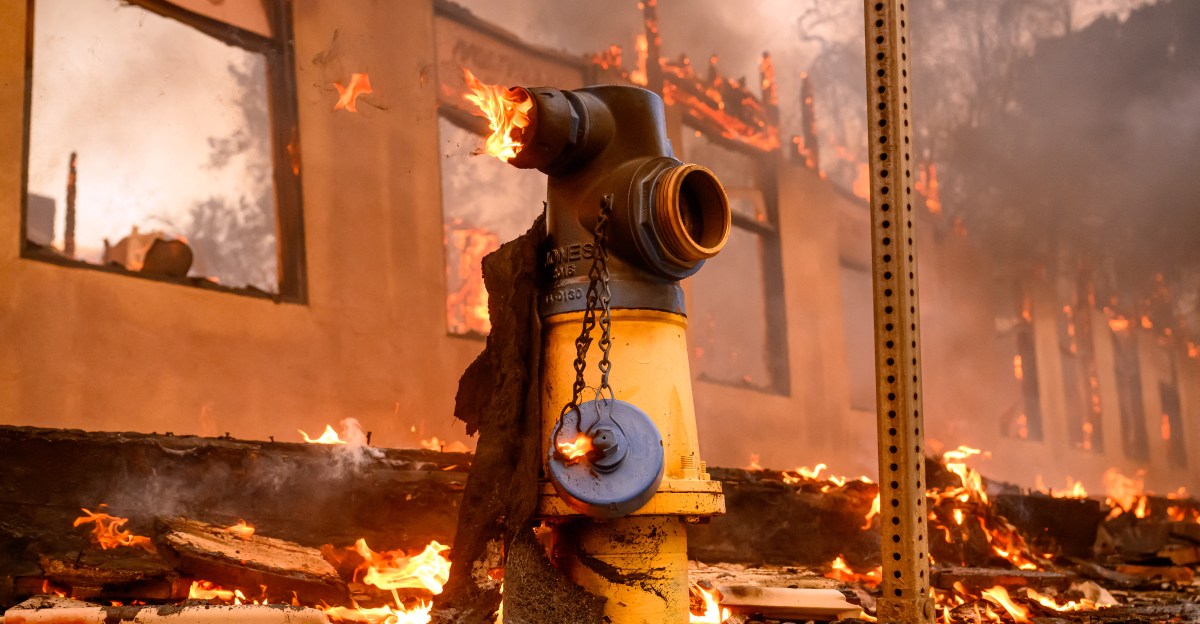Unseen Perils: What Lies Beyond California’s Wildfire Crisis
As the sun rises over the Sierra Nevada mountains, the smoke from yet another wildfire blankets the California landscape, casting a haze over the vibrant natural beauty the state is known for. Each year, Californians find themselves grappling with the devastating impacts of wildfires that seem to grow in frequency and intensity. However, while the flames capture headlines and evoke immediate fear, experts warn that the unseen perils lurking beyond California’s wildfire crisis pose even greater long-term threats to the environment, public health, and social structures.
Understanding the Wildfire Crisis
The recent years have seen California engulfed in a wildfire crisis that has resulted in catastrophic losses—homes destroyed, lives disrupted, and ecosystems ravaged. In 2020 alone, the state experienced over 4 million acres burned, a staggering increase compared to previous years. The reasons for these fires are multifaceted, incorporating climate change, land management practices, and urban sprawl. However, delving deeper reveals that the implications of wildfires extend far beyond the immediate destruction.
Environmental Consequences
While the immediate aftermath of wildfires is visually devastating, the longer-term environmental consequences are equally alarming. The impact of wildfires on California’s ecosystems can be profound:
- Soil Erosion: Wildfires strip the land of vegetation, which is essential for holding the soil together. Without this natural barrier, soil erosion can occur, leading to loss of fertile land and increased sediment in waterways.
- Water Quality Degradation: The ashes and debris from fires can contaminate local water sources. Heavy rains following a wildfire can lead to runoff that carries harmful substances into rivers and lakes.
- Biodiversity Loss: Many species are unable to recover from habitat destruction caused by wildfires, leading to a decline in biodiversity. Certain plants and animals may face extinction, further disrupting the ecological balance.
- Carbon Emissions: Wildfires release substantial amounts of carbon dioxide into the atmosphere, exacerbating climate change. This creates a vicious cycle, as climate change leads to more frequent and severe wildfires.
Public Health Risks
The health implications of wildfires are a ticking time bomb, often overlooked amidst the chaos of evacuation orders and property loss. The smoke from wildfires contains a cocktail of harmful pollutants, posing serious risks to public health:
- Respiratory Issues: Fine particulate matter from smoke can penetrate deep into the lungs, increasing the risk of respiratory diseases such as asthma and chronic obstructive pulmonary disease (COPD).
- Cardiovascular Problems: Studies have shown a correlation between exposure to wildfire smoke and increased heart attacks and strokes, particularly in vulnerable populations.
- Mental Health Impact: The psychological toll of wildfires, including anxiety, depression, and post-traumatic stress disorder (PTSD), is significant. Many individuals and communities face a long road to recovery emotionally and mentally.
Social Disruption and Inequality
Beyond environmental and health concerns, the wildfire crisis shines a light on social inequalities that often exacerbate the situation. Vulnerable communities, particularly low-income and marginalized groups, bear the brunt of wildfire impacts:
- Displacement: Wildfires can lead to mass evacuations and displacement, disproportionately affecting those who have fewer resources to recover and rebuild.
- Lack of Access to Resources: Communities with limited access to information, emergency services, and disaster recovery resources are at a greater disadvantage during and after a wildfire.
- Insurance and Financial Burdens: Many residents may be underinsured or lack insurance altogether, making it difficult to recover financially after a wildfire. This can lead to long-term economic instability.
Addressing the Underlying Issues
To combat the unseen perils beyond the wildfire crisis, a multifaceted approach is essential. Experts advocate for proactive measures that address both immediate and long-term challenges:
- Improved Land Management: Implementing better forest management practices, including controlled burns and thinning overgrown areas, can help reduce the fuel available for wildfires.
- Investment in Infrastructure: Strengthening community infrastructure, such as creating defensible spaces around homes and improving emergency response systems, can mitigate the impact of wildfires.
- Community Engagement: Engaging local communities in wildfire preparedness and recovery efforts is crucial. Education and resources can empower residents to take proactive steps.
- Policy Changes: Advocating for policies that address climate change, promote sustainable land use, and support vulnerable communities can lead to systemic change.
Conclusion: A Call to Action
The wildfire crisis in California is a stark reminder of the complex interplay between environmental factors, public health, and social equity. As the state faces the immediate threat of wildfires, it is imperative to recognize and address the unseen perils that lie beyond the flames. By understanding the deeper implications of these disasters, we can foster resilience in our communities and take meaningful steps toward a sustainable future. Together, we can rise from the ashes, prepared to face the challenges that lie ahead.
In the spirit of hope and determination, let us advocate for a holistic approach to wildfire management, ensuring that we not only extinguish the flames but also nurture the foundations of a healthier and more equitable society.
See more Your Daily Weather



